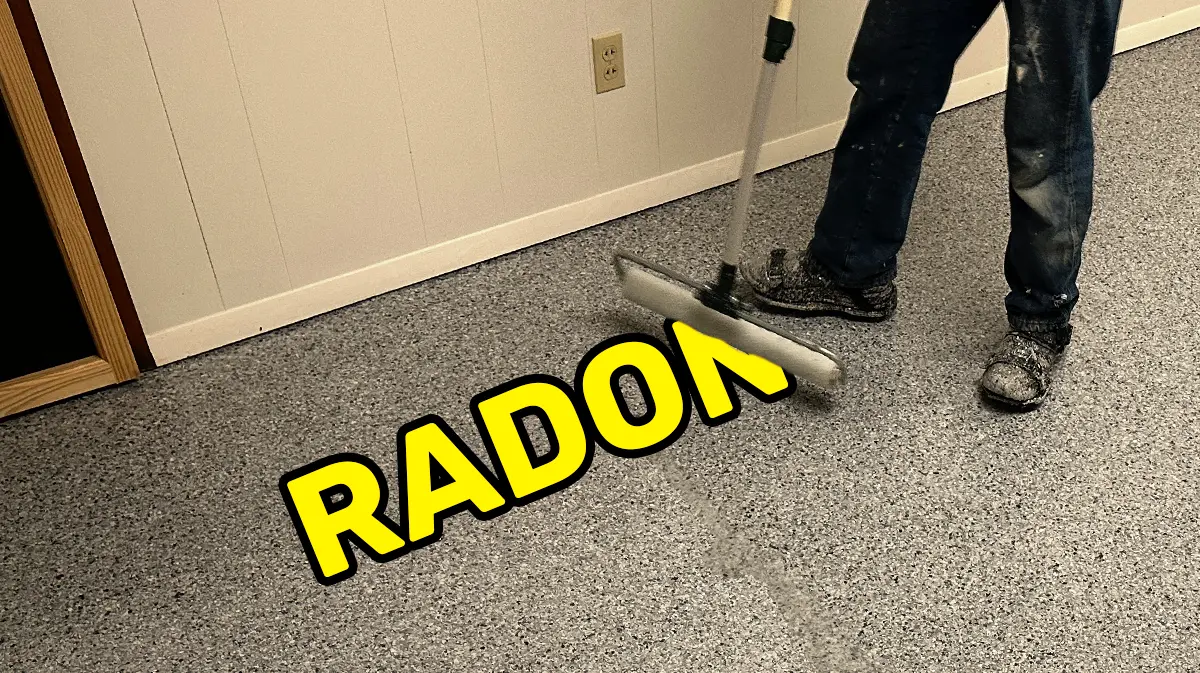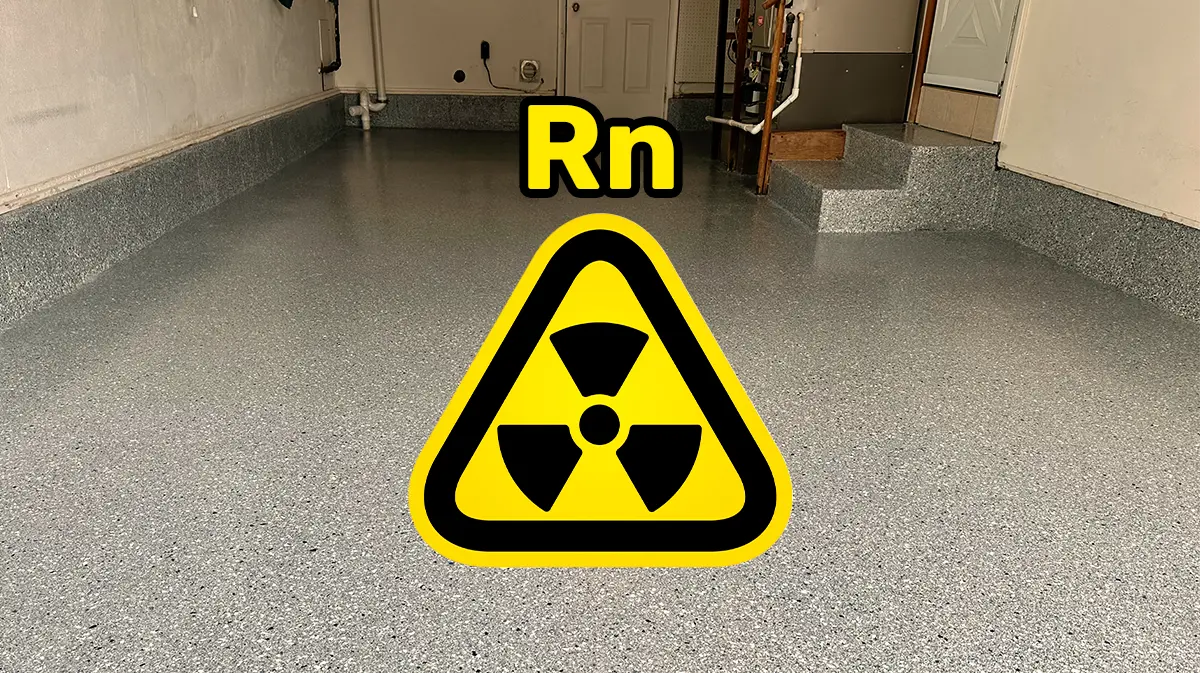Sick Building Syndrome (SBS) is a condition where occupants of a building experience various health issues and discomfort that seem to be directly linked to time spent inside the building. While the exact causes of SBS can be difficult to pinpoint, common symptoms include:
- Headaches and Dizziness: Frequent headaches, feelings of lightheadedness, and dizziness are often reported by those affected.
- Respiratory Issues: Dry cough, difficulty breathing, and irritation in the nose or throat can occur.
- Fatigue and Concentration Problems: Persistent tiredness and difficulty focusing are common complaints.
- Skin Irritation: Itchy, dry skin can also be a symptom of SBS.
- Odor Sensitivity: Increased sensitivity to smells, leading to nausea or discomfort.
The symptoms of SBS are often related to poor indoor air quality, which can stem from various environmental factors within a building.
What does this have to do with epoxy floors? Don’t worry, we’ll get there!
Sick Building Syndrome: Key Causes
- Radon Gas: One of the leading culprits, radon is a naturally occurring, radioactive gas that can seep into homes through cracks in the concrete slab. It’s odorless and invisible, making it particularly dangerous as it can build up over time without detection. Prolonged exposure to high levels of radon is a significant risk factor for lung cancer.
- Moisture Vapor Emission: The moisture that naturally rises from the earth can penetrate your home’s concrete slab, leading to issues like:
- Efflorescence: This is the white, powdery substance that sometimes forms on concrete surfaces, a sign that moisture is seeping through.
- Dark Spots: Visible patches of moisture can form on your concrete floors.
- Air Quality Issues: The moisture can contribute to SBS by promoting mold growth and degrading indoor air quality.
The Threat of Radon Gas
- What is Radon? Radon forms from the natural breakdown of uranium in soil, rock, and water. It’s radioactive, and when inhaled over time, it can significantly increase the risk of lung cancer.
- How Does Radon Enter Homes? The lower air pressure inside your home compared to the outside draws radon gas through cracks and openings in the foundation.
- Why is Radon Dangerous? As a colorless and odorless gas, radon can accumulate to dangerous levels without anyone realizing it, posing a silent threat to your health.
Sick Building Syndrome: Moisture and Its Impact on Your Home
- Concrete’s Porosity: Concrete is naturally porous, allowing moisture to rise through the slab from the ground below. This moisture not only causes visible issues like efflorescence and dark spots but also compromises the structural integrity of your home over time.
- Health Concerns: Moisture leads to mold growth and can significantly worsen indoor air quality, contributing to SBS and other health issues.
Taking Action
Taking proactive measures is crucial for maintaining a healthy living environment in your Tucson home. Here’s what you can do:
- Radon Testing: Testing for radon is the first step. If detected, installing a radon mitigation system can prevent the gas from entering your home.
- Epoxy Floor Coatings: Applying an epoxy coating to your concrete floors can act as a barrier against both radon and moisture. This not only helps prevent the harmful effects of these intrusions but also adds durability and aesthetic appeal to your floors.
- Professional Installation: Working with professionals to install epoxy coatings ensures that the job is done correctly, providing long-term protection for your home.
Understanding and addressing the risks posed by SBS, radon gas, and moisture vapor emission are critical for safeguarding your home and health. By taking steps such as testing for radon and applying epoxy floor coatings, you can significantly reduce these risks, creating a safer and more comfortable living environment in Tucson.
If you want to learn more, reach out to us today.


